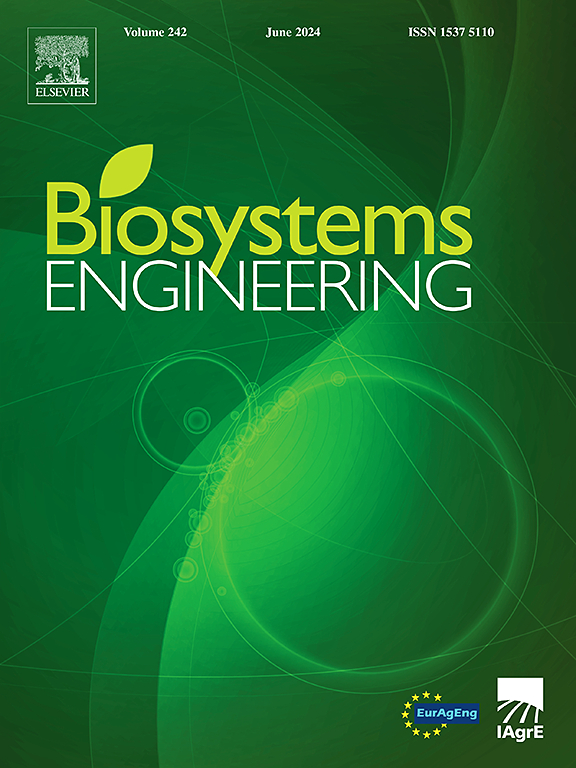Economic viability-driven biorefinery site selection for cellulosic biofuel production in Western Canada
IF 4.4
1区 农林科学
Q1 AGRICULTURAL ENGINEERING
引用次数: 0
Abstract
There is a substantial body of current research on biofuel feedstock assessment and biorefinery site identification. Most of the literature in this field focuses on selecting suitable biorefineries by minimising costs, particularly transportation costs, rather than maximising economic profits. The latest studies on site location have started to introduce financial feasibility as a criterion for site selection. However, there remains a significant gap in the literature regarding the rapidly evolving sector of advanced biofuels like cellulosic biofuels. Addressing this gap, this study innovatively applies a Net Present Value (NPV) framework and a mathematical programming approach, incorporating economic viability, investment support, and carbon credits into the decision-making process for site selection in Western Western Canada. This approach offers insightful revelations regarding economically viable biomass supply and optimal site identification, highlighting the extent of governmental support essential to fostering the growth of the cellulosic biofuel industry. Key findings include: (1) An economic viability-based assessment indicated a substantially lower feedstock supply, about 20 % compared to evaluations based solely on feasible travelling distance; (2) Governmental intervention emerged as a pivotal element influencing the economic viability of cellulosic biofuel refineries; (3) Varied parameters, including production capacity, capital investment subsidies, and maximum transport distance, have significant impacts on economic feasibility and site selection outcomes. The results of this research add to the understanding of current cellulosic biofuel developments. They offer valuable insights into predicting feedstock supply, choosing the best locations for biofuel plants, and designing effective policies.
加拿大西部纤维素生物燃料生产的经济可行性驱动的生物精炼厂选址
目前有大量关于生物燃料原料评估和生物精炼厂选址的研究。该领域的大多数文献侧重于通过最小化成本(特别是运输成本)来选择合适的生物精炼厂,而不是最大化经济利润。最新的选址研究开始将财务可行性作为选址的标准。然而,关于快速发展的先进生物燃料,如纤维素生物燃料,文献中仍有很大的空白。为了解决这一差距,本研究创新性地应用净现值(NPV)框架和数学规划方法,将经济可行性、投资支持和碳信用纳入加拿大西部地区的选址决策过程。这种方法对经济上可行的生物质供应和最佳地点的确定提供了深刻的启示,突出了政府对促进纤维素生物燃料工业发展的支持程度。主要发现包括:(1)基于经济可行性的评估表明,与仅基于可行旅行距离的评估相比,原料供应大幅减少,约为20%;(2)政府干预成为影响纤维素生物燃料精炼厂经济可行性的关键因素;(3)生产能力、资本投入补贴、最大运输距离等参数对经济可行性和选址结果有显著影响。这项研究的结果增加了对当前纤维素生物燃料发展的理解。它们为预测原料供应、选择生物燃料工厂的最佳地点以及设计有效的政策提供了宝贵的见解。
本文章由计算机程序翻译,如有差异,请以英文原文为准。
求助全文
约1分钟内获得全文
求助全文
来源期刊

Biosystems Engineering
农林科学-农业工程
CiteScore
10.60
自引率
7.80%
发文量
239
审稿时长
53 days
期刊介绍:
Biosystems Engineering publishes research in engineering and the physical sciences that represent advances in understanding or modelling of the performance of biological systems for sustainable developments in land use and the environment, agriculture and amenity, bioproduction processes and the food chain. The subject matter of the journal reflects the wide range and interdisciplinary nature of research in engineering for biological systems.
 求助内容:
求助内容: 应助结果提醒方式:
应助结果提醒方式:


